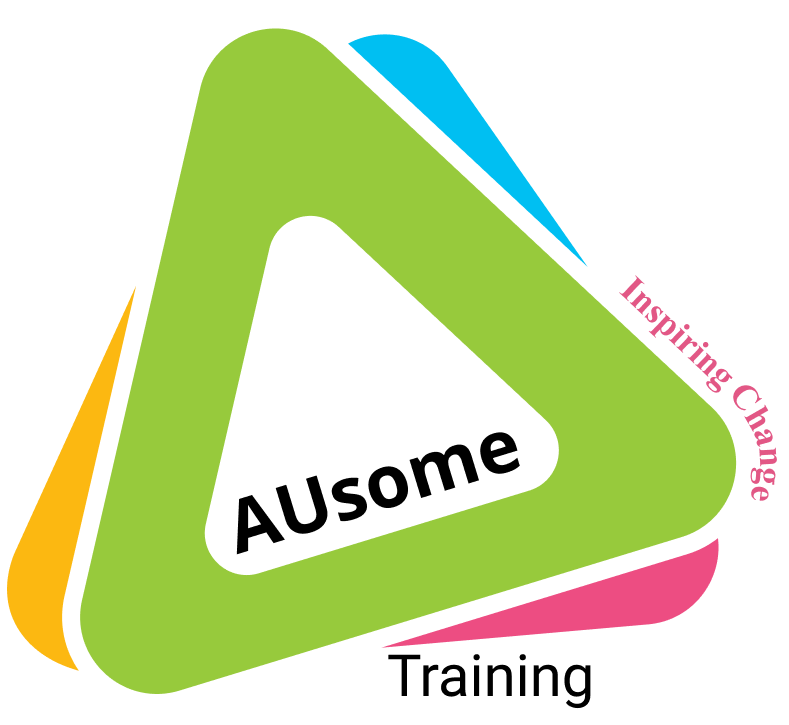Monotropism is a term people are becoming increasingly aware of, especially over the last few years. In a general sense, many people have some feel for what it refers to: it’s another way to refer to hyperfocus. This is accurate enough, but doesn’t tell us very much that we didn’t kinda know anyway.
So, what exactly is monotropism, what’s it for, and how come it’s a distinctive Autistic characteristic?
Let’s start with the history, just to get that out of the way. The person most closely associated with monotropism is the late Dinah Murray, and it was through collaboration with Wenn Lawson and Mike Lesser that the theory first gained publication, in 2005. The first presentation of the theory came in 1992. Over thirty years, twenty of that as a published theory, and unlike most theories about Autistics, this one has stood the test of time.
At it’s heart is the commonly observed inclination – and ability – of many Autistic people to shift into a deeply focused, intense absorption on a single topic, object, or piece of work, and to do so for extended periods of time while largely oblivious to distractions or even bodily needs such as hunger.
The title of that first paper from Dinah in 1992 – ‘Attention Tunnelling and Autism’ – introduced a key word for understanding monotropism: attention.
Monotropism is about focusing attention.
The flip-side of focused, tunnelled attention is not attending to everything else. As noted, that can mean losing track of the passage of time, or not noticing hunger or thirst… but that also points to the how and why behind monotropism:
Focusing on something is hard.
When you have a lot of potential distractions – say from very sensitive senses – it is even harder. If that’s been your experience from infancy, and you are surrounded by people who are assailed far less by such inputs, you need to work extra hard to be able to focus than they do.
Practice makes perfect. It should, then, be hardly any surprise that Autistic people emerge from early childhood with well-developed capabilities to shut out distraction and maintain a hyperfocus state. It’s a necessity. That necessity can become an advantage as things like school exams, deadlines, and college papers loom…
But as a state to easily slip into, it adds intensity to many other aspects of life: getting engrossed in a long novel, repairing machines, learning about new topics… and yes, this is what lies behind the stereotype of Autistic kids who are experts on dinosaurs.
While Autistic people are more likely to find it easier to shift into a focused attention state, that doesn’t mean it is universal or something that can be turned on at will. It can require a particular setting, and involves a transition process as other ‘systems’ are placed on ‘standby.’
Equally, shifting out of a monotropic focus can be a struggle. You’ve got so much (mentally) laid out before you, and it needs to be packed away in an organised way or it can be pretty distressing – there’s a clear link here to ‘tendril theory’ and thus to issues with executive function, transitions, conversation and much more.
More than that, it is unlikely that everything will get ‘packed away.’ We are drawn back constantly to that thing of interest. This brings us on from ‘attention’ to the other key word: interest.
Several discussions of monotropism talk about ‘the mind as an interest system.’ This is not just about being able to hyperfocus, it is about the object of that focus, and that really has to be something of deep interest for monotropism to kick in.
Welcome to the wonderful world of SPINs – ‘special interests.’
When you combine a theme, topic or object of interest with a mind adept at focusing attention, you get SPINs.
What we have now is a triad of essential elements:
Opportunity (the right environment)
Ability (a skill in hyperfocusing)
Inclination (a motivation built on curiosity and interest)
Put them together and you have the perfect recipe for not just hyperfocus on a thing of interest, but something extra – pleasure.
Autistic people have a lot to contend with, and that creates stress and anxiety. Having something to focus on that enables pretty much everything to fade into the background for extended periods is more than just an enjoyable hobby. It is release, liberation, joy.
Entering a monotropic state can be – and often is – a deeply joyous experience. The world is filled with one thing, and that thing is lovely, fascinating, intriguing…
As an antidote for anxiety, you would be hard pressed to find anything better.
It should now be clear that monotropism is far more than just an ability to hyperfocus, it is deeply linked to many aspects of Autistic lived experience: driven by necessities we experience, a source of personal enrichment, and an oasis of peace in a world apparently hell-bent on causing us distress.
All this has been just a toe dipped in the depths of the Theory of Monotropism. You can explore more at www.monotropism.org
But, for now, let’s just take a little time to consider just how essential opportunities to engage in monotropic states can be for Autistic wellbeing, and think about how we can facilitate those around us who benefit from monotropism… and the times our misunderstandings or impatience can get in the way of them accessing this bright wellspring of joy.



